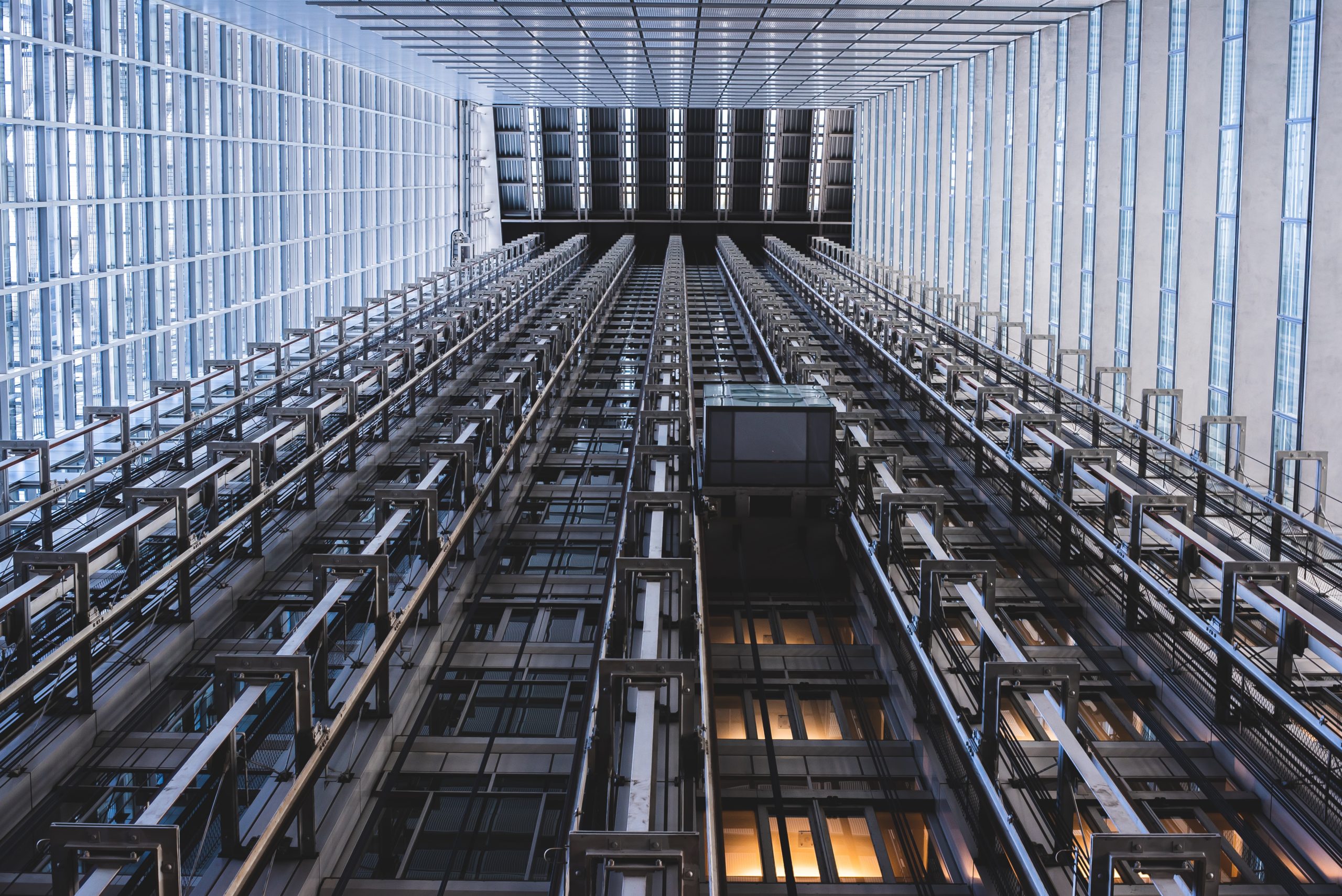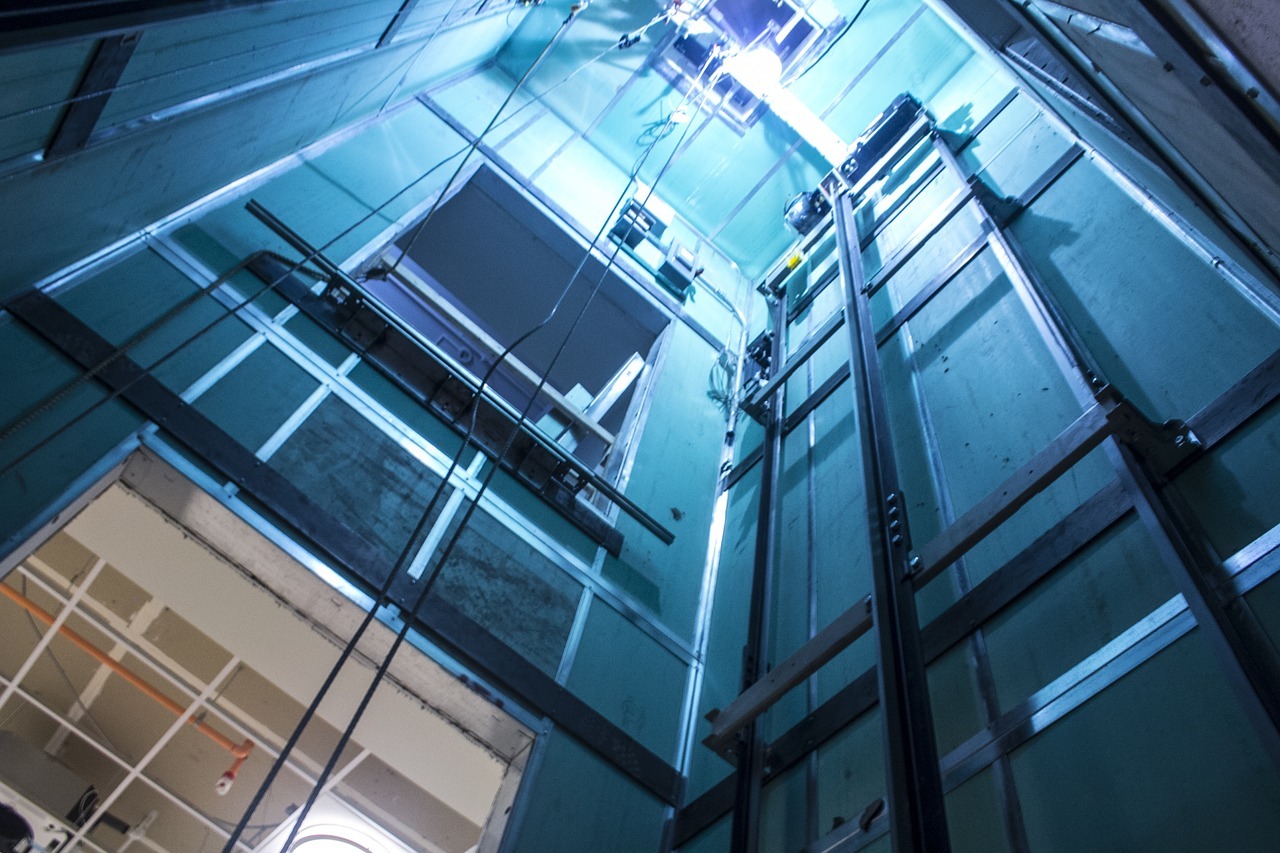We’re moving on up in the world — quite literally. In today’s skyscraper game, the towers adorning cityscapes are getting taller and grander. There’s a rush to get to the top of that tallest building, which means one thing: we need better, faster, stronger elevators.
In the past few years, we’ve seen elevator technology change by leaps and bounds, enabling us to see the world’s fastest elevator in Guangzhou, breaking the Guinness World Record with maximum speed of 21 m/s, or the world’s tallest outdoor elevator.
Special cases aside though, worldwide there are still 183 buildings that reach over 300 metres tall! So how do we get up there? Let’s take a look at some of the innovations in elevator technology that allows us to build so high today.

One of the biggest moves toward space saving innovation in elevator design is the double deck elevator. These elevators are two cabs tall, stacked on top of each other, where one cab services the even numbered floors and the other services the odd numbered floors.
Double deck elevators reduce the number of needed elevators for skyscrapers, especially when they’re paired with smart, efficient destination dispatch controls. They also can improve a building’s overall energy usage by reducing the number of stops each elevator makes.

To manage “elevator traffic” or high volumes of passengers at specific times in tall buildings, a destination dispatch system (DDS) was developed. This skyscraper elevator innovation is implemented in scenarios where there are multi-elevator installations, which groups passengers for the same destinations into the same elevators.
Using real-time analytics, the system analyzes input data from passengers and efficiently groups their destinations, decreasing the number of stops for every elevator ride.
Skyscrapers that leverage DDS benefit from:

Maximizing an elevator’s travel distance is one of the most important challenges for skyscrapers. Yet, one of the biggest limiting factors for ultra high-rise elevators today are efficient elevator ropes and cables. Thankfully, elevator specialists have stepped up and rose to the challenge with new high-rise hoisting technology. This skyscraper elevator innovation reimagines the conventional elevator rope by designing super-strong rope.
At AVT Beckett, we use elevator rope designed specifically for demanding high-rise and high-speed applications. The ropes used have full steel core and nine-strand/Filler Wire construction. Together, these two aspects achieve minimal stretch. The ropes also boast a round cross-section, and excellent flexibility. Furthermore, the increased resistance to rope fatigue due to bending and maximized breaking strength were taken into consideration with our rope supplier.
This new technology reduces the friction, which enables skyscraper elevators to reach new heights. Not only do these ropes carry elevators for longer distances, they also eliminate the need for transfer floors.
In this race to the top, skyscraper technology is constantly elevating. At AVT Beckett, we’re constantly looking for new ways to move up and onward with our innovative elevator solutions for buildings of all sizes, tall and small.
From a low-rise to a skyscraper, we can meet all your elevator needs and improve passenger flow in your building. Talk to our field experts today to get started.